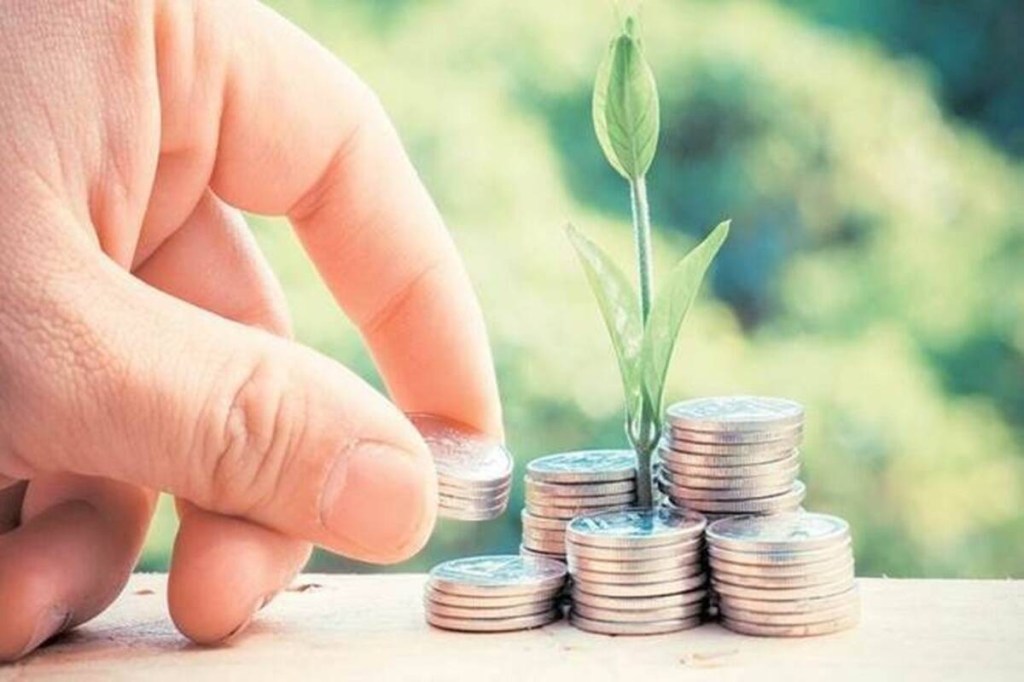People have been saving money for a long time, be it simply at home in a piggy bank, in an FD, or in a bank account. Compared to that, investing is a newer concept. The primary purpose of saving money is to provide a safe house for money and at the same time earn interest on it. Industry experts say, to understand whether saving or investing is appropriate for an individual, they must first understand what each term means.
The part of income that is not spent and is kept in the form of hard currency or in a bank account or bank fixed deposit is typically referred to as savings. This saved money can also be used to purchase different types of assets, to sell the asset at a higher price sometime in the future – this is referred to as Investing.
Having a savings bank account helps in creating a relationship with the bank, which gives the account holder access to various other features offered by the bank. Experts say for most account holders, opening a savings account is their first interaction with the banking and financial system.
Keeping money in a savings account in a bank earns some interest and putting it in a fixed deposit typically earns a slightly higher rate of interest. However, historically the rate of interest earned in savings accounts and bank deposits has mostly been below the rate of inflation. That’s where investing plays a role.
To understand Saving better, Gaurav Jalan, CEO and Founder, mPokket, says, “When money is kept in the hard currency, it tends to lose purchasing power over time. To keep up with inflation, we need to earn some return on the money. That’s where investing comes in.”
There are multiple asset classes that one can purchase or invest in. Experts say the goal behind investing is to try to earn a higher rate of return compared to saving in the bank account.
Assets are typically rated along with two criteria – risk and return. Jalan says “Rate of return means the percentage earned on the amount invested. Risk can be thought of as both volatility and probability of permanent loss of the capital invested. Risk also tends to be a function of the amount of time for which one needs to remain invested in an asset.” Note that while the volatility in the price of some assets can be high over a shorter duration, the range of outcomes may be narrower over a longer time frame.
Experts say, the liquidity of an asset, meaning the ability to sell the asset at a market price, also needs to be considered when making an investment decision. Jalan adds, “If one requires the funds at short notice, it is generally not a good idea to invest in illiquid assets. Assets can range from very safe and highly liquid instruments like money market debt funds to higher risk but liquid assets like listed equities to very high risk and illiquid assets like venture capital.”
Hence, every individual should understand each goal before deciding which asset to invest in.
Potential risks in both saving and investment methods
The risks associated with savings and investment are dependent on the objectives of the investor.
Says, Hersh Shah, CEO, India Affiliate, Institute of Risk Management, “As the saying goes, the risk is the effect of uncertainty on objectives. If an investor’s objective is to create long-term wealth, the right mix of savings and investment is ideal. If the investor’s risk appetite is low, focused on emergency planning and the creation of long-term wealth is a priority, then savings is ideal. The real difference is – do you want to grow your money or keep your money safe!”
The risk associated with savings alone is the lost opportunity of wealth multiplication, sustained and slow growth and fixed cash flow required every month. Having said so, industry experts say the risk associated with investment alone is the higher risk of loss due to volatility in the underlying assets – gold, real estate, capital markets, or even bitcoins in today’s age. Shah adds, “In my view, a hybrid model works best depending on the age and risk appetite.”

